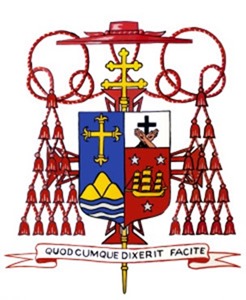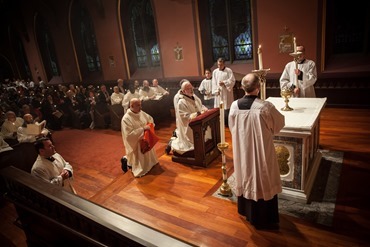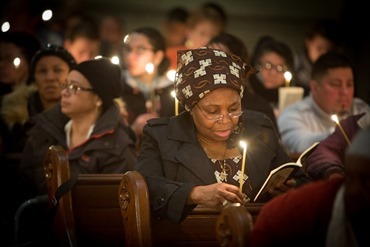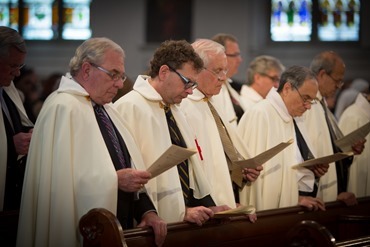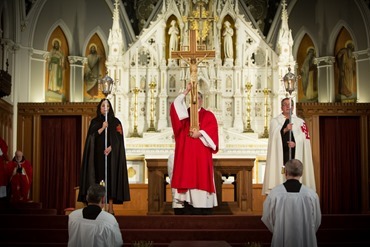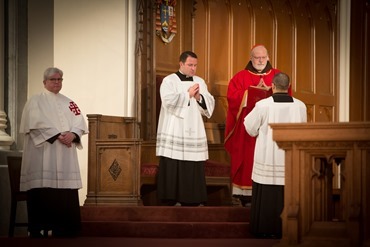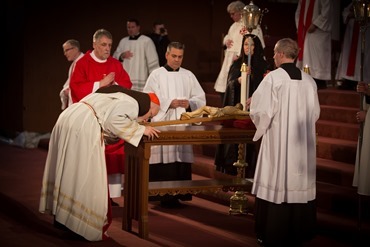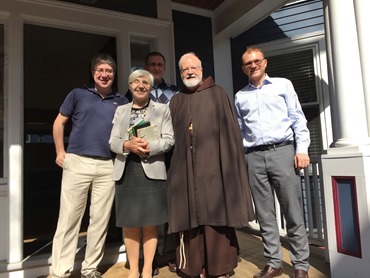Hello and welcome!
For Divine Mercy Sunday, I am publishing a Pastoral Letter on the theme of the Jubilee Year of Mercy.
It is my hope that it will provide, particularly those who are involved in evangelization and the teaching of the faith, with a tool to help them to focus on the essentials of this Jubilee year, and to consider promoting additional practices and prayers that will help people to live the Year of Mercy more intensely. One of the great themes of Pope Francis, since the beginning of his pontificate, has been mercy, even appearing in his motto, “Miserando atque eligendo” which literally translates as “by having mercy, by choosing him.”
We hope that this letter will help to make this theme more accessible and available to people.
God’s Mercy Runs to Meet Us
Pastoral Letter
Cardinal Seán P. O’Malley, OFM Cap.
April 3, 2016 – Divine Mercy Sunday
A. Introduction: Merciful like the Father
Jesus is the face of the Father’s mercy and love. Throughout the Gospels, Jesus taught that God’s ways toward sinners and the “lost” were different from the harsh ways of the Pharisees and other leaders at the time. Jesus’ acts of compassion and his teachings of the Father’s mercy are the “beating heart of the Gospel.”
At the beginning of his fifteenth chapter of the Gospel of Saint Luke, the evangelist writes that the Pharisees are complaining that Jesus is a friend of sinners and is eating with them. Jesus responds to their gripes by sharing three stories — the parables of the lost sheep, the lost coin and then the lost (or prodigal) son. When what was lost is found, Jesus tells us that God and all of heaven rejoices.
The Parable of the Prodigal Son is the longest of the three narratives and in it we see a clear difference between the ways of the Father and of the world. The father in the parable has two sons. The younger son has decided that he wants to make his life without his father, and so he demands his inheritance as if his father were already dead. This is a metaphor for sin, which is when we try to live our life without God. We take all the gifts God has given us, and we resolve to use them for our own benefit and enjoyment without much thought about others’ needs.
You can read the full text of the Pastoral Letter here
– – –
This week we were also very saddened by the passing of Mother Angelica, who from her cloistered convent, was able to bring the message of the Gospel to millions of people throughout the world.
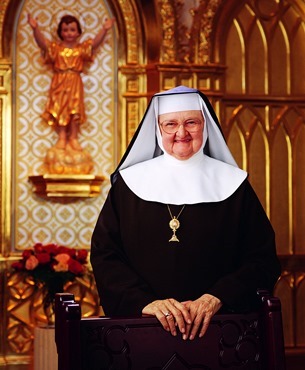 She is a woman who had great challenges and crosses in her life — physically and in every way — but through her ministry on television and radio, she was able to make the Church present on the air waves all over the world.
She is a woman who had great challenges and crosses in her life — physically and in every way — but through her ministry on television and radio, she was able to make the Church present on the air waves all over the world.
What she accomplished is a great tribute to the positive influence that consecrated women have in the Catholic Church. Though, at times, she could be feisty and controversial, she had a devoted following of people who were touched by her faith and her desire to share that faith with the masses.
I personally am very indebted to her because, thanks to her, I was able to start a Catholic television station in the Caribbean. She came and visited us there, and was very, very helpful in that endeavor.
In Boston, we have always had a very strong commitment to using modern means of communication to evangelize, and so we have a special admiration for someone who was able, with very modest resources, to accomplish such incredible things.
We will be celebrating a memorial Mass for her on Corpus Christi. Because she is a Poor Clare, whose community is committed to perpetual adoration, we thought that the Eucharistic feast would be an appropriate day to remember her.
– – –
Of course, last week we celebrated the Easter Triduum and, as always, we had very beautiful celebrations at the Cathedral. We were blessed with good weather, which allowed huge crowds to participate in the Holy Week liturgies.
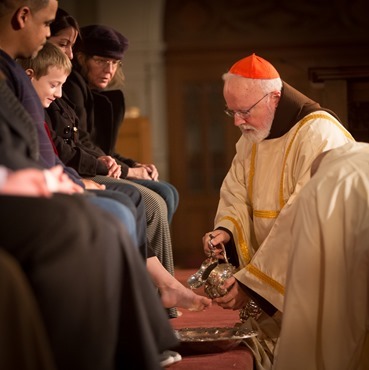 On Holy Thursday, we had a bilingual celebration, and it was an occasion to use our new ombrellino in the Eucharistic procession.
On Holy Thursday, we had a bilingual celebration, and it was an occasion to use our new ombrellino in the Eucharistic procession.
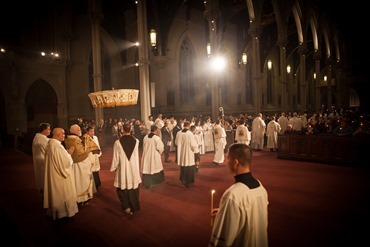 It’s always a special day for us, because so many people come to visit our repository. At midnight, there were still over 100 students present to participate in Compline, with which we ended the Eucharistic adoration. I gave them a short reflection on the meaning of Gethsemane and the Second Sorrowful Mystery of the Rosary, in which we contemplate the Agony in the Garden.
It’s always a special day for us, because so many people come to visit our repository. At midnight, there were still over 100 students present to participate in Compline, with which we ended the Eucharistic adoration. I gave them a short reflection on the meaning of Gethsemane and the Second Sorrowful Mystery of the Rosary, in which we contemplate the Agony in the Garden.
On Good Friday we had three different processions of the Stations of the Cross arrive at the Cathedral, and I was very happy to greet them.
The first was the Way of the Cross for Life. Colbe Mazzarella, organizes that procession every year, with a very large group of faithful people.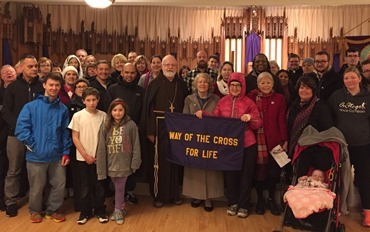 Next we had a group from Communion and Liberation. They had the most beautiful choir singing traditional polyphonic Lenten music.
Next we had a group from Communion and Liberation. They had the most beautiful choir singing traditional polyphonic Lenten music.
Then, finally, we had the procession with the Hispanic community at the Cathedral, which is always very grand with the costumes and acting out the Stations of the Cross.
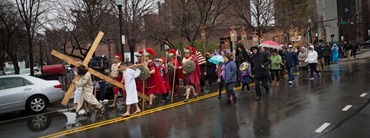
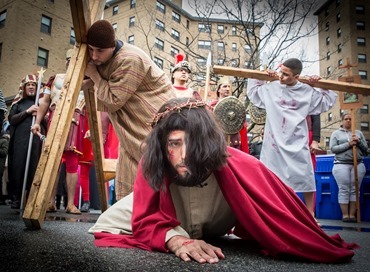
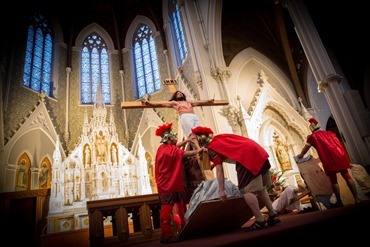 In fact Univision Spanish television was here, and they interviewed me and took a lot of footage of the participants.
In fact Univision Spanish television was here, and they interviewed me and took a lot of footage of the participants.
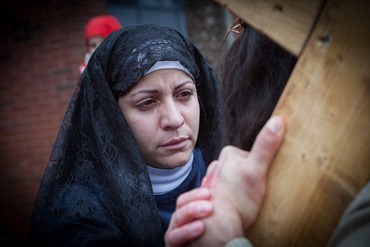 Of course, we also had our two celebrations of the Good Friday liturgy.
Of course, we also had our two celebrations of the Good Friday liturgy.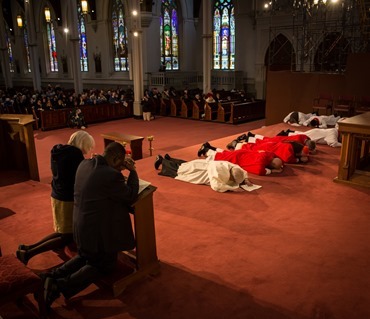 In the afternoon, we had the English celebration, at which Father Paul Soper preached.
In the afternoon, we had the English celebration, at which Father Paul Soper preached.
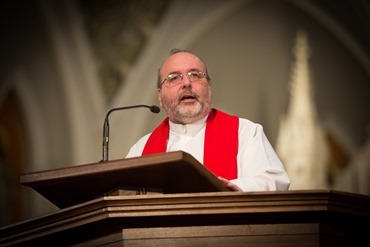
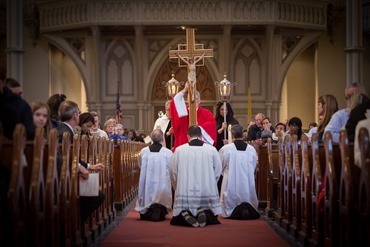 We are very pleased to have the members of the Order of the Holy Sepulchre here to accompany the cross during the veneration.
We are very pleased to have the members of the Order of the Holy Sepulchre here to accompany the cross during the veneration.
In the evening, we had the Spanish language celebration, at which I preached.
– – –
On Holy Saturday, as I have done in past years, I went to spend some time with the members of the Memores Domini, who are the consecrated members of the Communion and Liberation movement, at their house in Cambridge. I was very pleased that Olivetta Danesa was here visiting, and it was very good to see her.
That evening, of course, was the Easter Vigil, where we welcomed about 10 people into the Church.
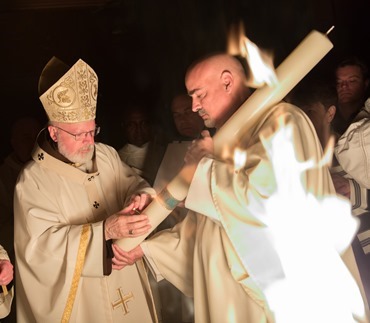
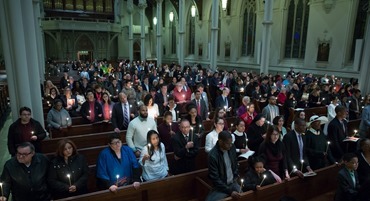
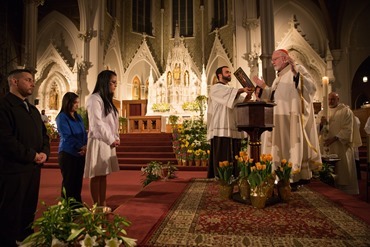
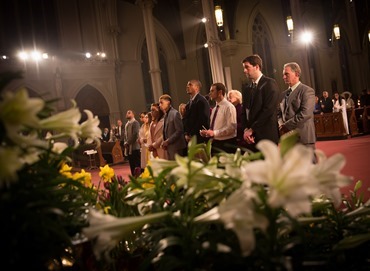
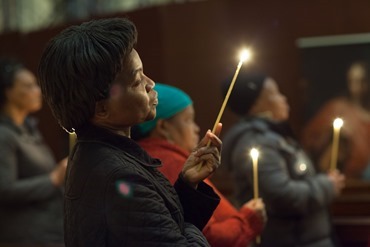 I’d like to share my Easter Vigil homily with you here:
I’d like to share my Easter Vigil homily with you here:
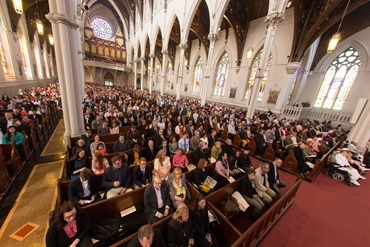 And, while on the topic of the cathedral, I also want to mention this week that we are so grateful to Sister Ann Marie, who repaired the statues in the pulpit of the Cathedral.
And, while on the topic of the cathedral, I also want to mention this week that we are so grateful to Sister Ann Marie, who repaired the statues in the pulpit of the Cathedral.
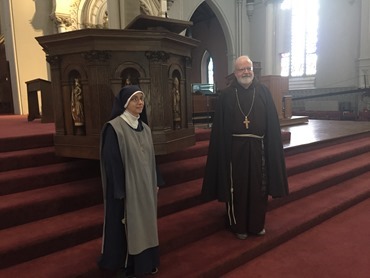 After examining the statues that were there, I realized that one was of our archdiocesan patron, St. Patrick, and another was St. Bridget, who was something of the female counterpart of Patrick in Ireland. There is also another of St. Catherine of Alexandria; and the fourth is our “mystery guest” whose identity we are trying to discover. He is a bishop carrying a folded ombrellino, and he has what appears to be a golf club! So, if anyone knows who this saint is, please let us know!
After examining the statues that were there, I realized that one was of our archdiocesan patron, St. Patrick, and another was St. Bridget, who was something of the female counterpart of Patrick in Ireland. There is also another of St. Catherine of Alexandria; and the fourth is our “mystery guest” whose identity we are trying to discover. He is a bishop carrying a folded ombrellino, and he has what appears to be a golf club! So, if anyone knows who this saint is, please let us know!
– – –
Finally, on Thursday I made a visit to St. Joseph’s Prep in Brighton, sponsored by the Sisters of St. Joseph. The principal, Sister Rosemary Brennan, gave the greeting at the beginning of Mass and the Head of School, Tom Nunan, is doing a wonderful job.
We had Mass with the students, followed by a breakfast and presentation by some of the students there. It was a very good visit.
Until next week,
Cardinal Seán

